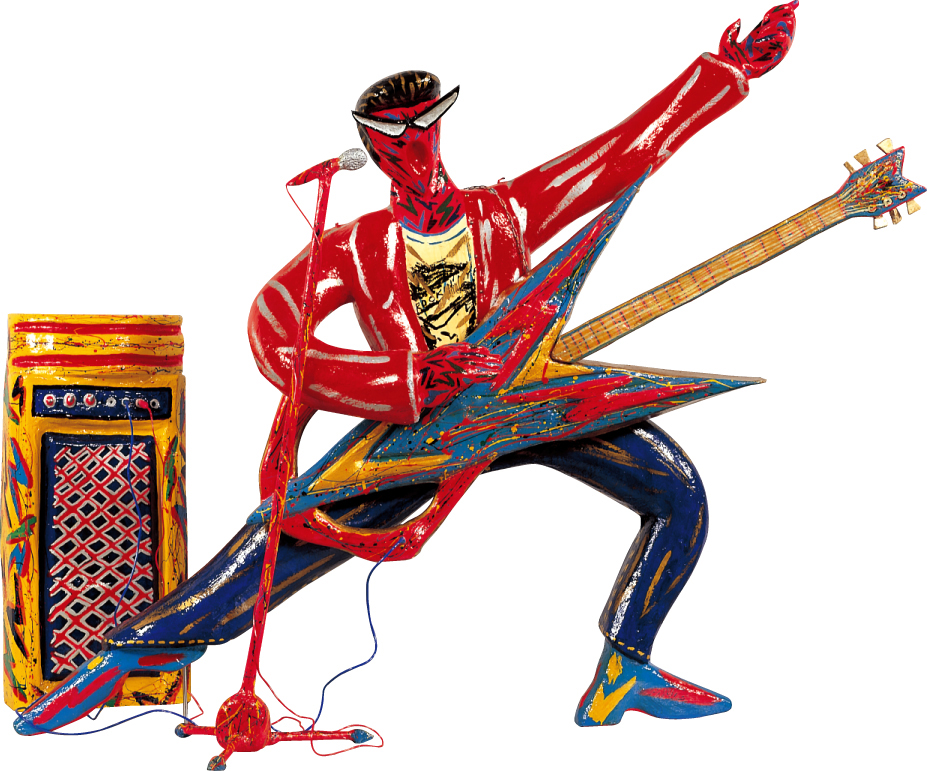On Kawara's black-and-white stenciled date painting, "June 23, 1980" (1980), announces The National Museum of Art Osaka's current exhibition's decadal focus. Of the 65 artists featured, 25 were born in the baby boom of the 1930s and '40s before World War II, followed by 31 in the '50s. The final nine were born in the early '60s, rounding out the chronological survey of artists defining "New Wave: Japanese Contemporary Art of the 1980s."
While nothing so much as an epochal rupture occurred, 1980s' artists were reactive to the lingering concerns of the '70s — in that decade, oil painting and sculpture were mostly passe, while modernism appeared exhausted. Objects in environments to be encountered by spectators, such as those created by Mono-ha (School of Things) artists, were in vogue. So was conceptualism, like photography as a record of process in Hitoshi Nomura's "A Spin in Curved Air" (1981); minimalism, as in Koji Sagawa's reductive color-field rectangles; and abstraction, like the spotty "all-over" watercolors of Moon Seung-Keun.
Artists of the '80s were more interested in personal memories, imaginary worlds and playful approaches, disfavoring artistic high seriousness. The new generations emergent were called "new humans" because their interests and aesthetic predilections were often incomprehensible to their elders, who quested for avant-gardism and originality. Painting returned, as did figuration, though rather than significant new movements or styles coalescing into particular progressive art narratives, there was a generalized dispersion of foci.

















With your current subscription plan you can comment on stories. However, before writing your first comment, please create a display name in the Profile section of your subscriber account page.